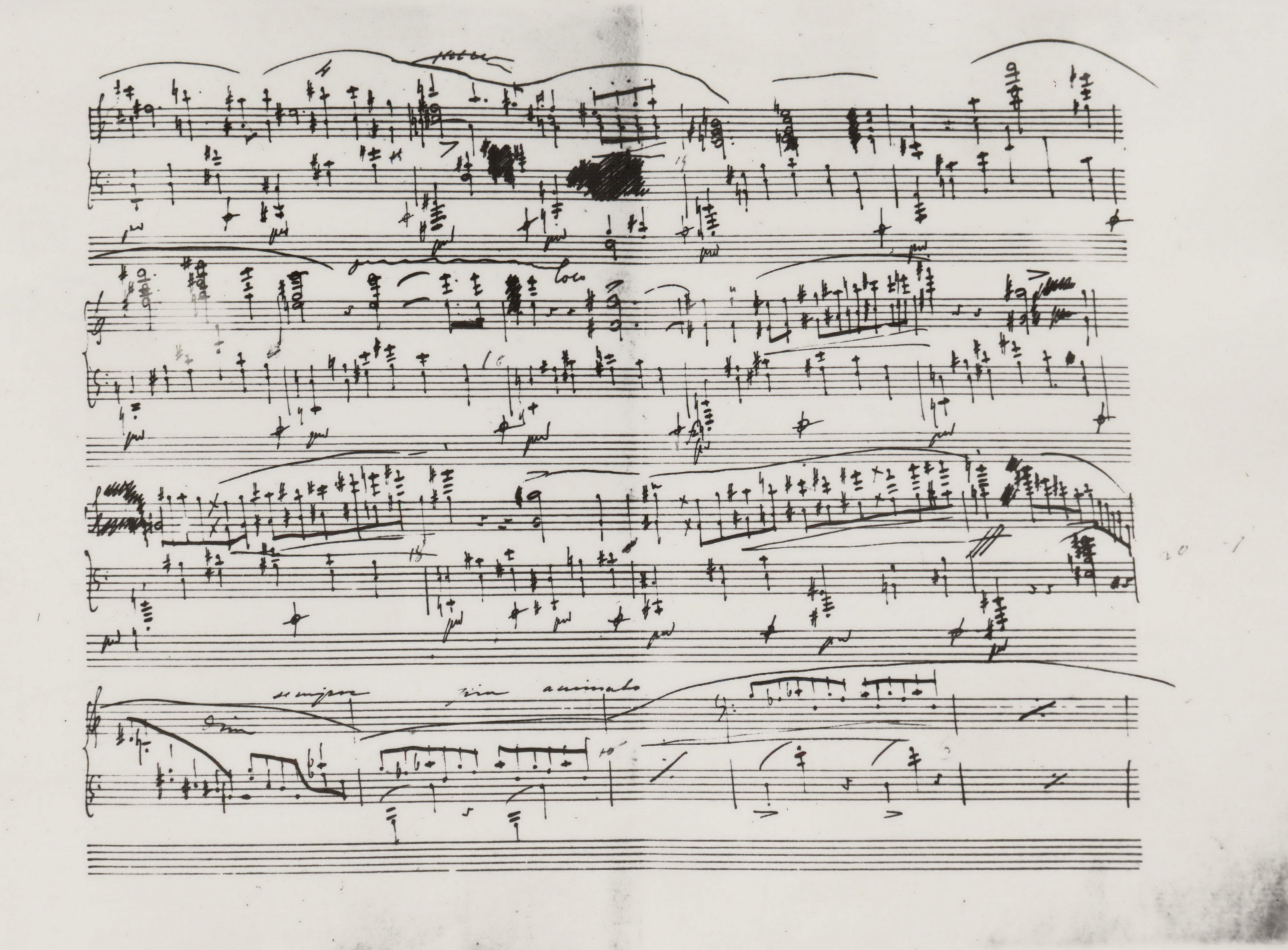Op. 2, Variations in B♭ major
Op. 10, 12 Etudes
Op. 11, Concerto in E minor
Op. 21, Concerto in F minor
Op. 22, Polonaise in E♭ major
Op. 24, 4 Mazurkas
Op. 25, 12 Etudes
Op. 26, 2 Polonaises
Op. 27, 2 Nocturnes
Op. 28, 24 Preludes
Op. 30, 4 Mazurkas
Op. 35, Sonata in B♭ minor
Op. 50, 3 Mazurkas
Op. 63, 3 Mazurkas
Op. 64, 3 Waltzes
(Op. 4), Sonata in C minor




Op. 23, Ballade in G minor
In the main text, we add a cautionary  over the mordent. Interestingly enough, in many later editions of the Ballade, the editors added a
over the mordent. Interestingly enough, in many later editions of the Ballade, the editors added a  here. However, in spite of the fact that the key prevailing in the previous fragment is A major, which would suggest g
here. However, in spite of the fact that the key prevailing in the previous fragment is A major, which would suggest g 2, nothing points to Chopin's oversight. Bars 118-119 are based on an F
2, nothing points to Chopin's oversight. Bars 118-119 are based on an F 7 chord, considered the dominant to B minor, which is supported by the use of a d2-d3 octave in the following sequence of octaves. In the context of the B minor key, a mordent featuring g2 is the natural choice. In addition, in bar 121, which is a sequential repetition of b. 119, based on a G
7 chord, considered the dominant to B minor, which is supported by the use of a d2-d3 octave in the following sequence of octaves. In the context of the B minor key, a mordent featuring g2 is the natural choice. In addition, in bar 121, which is a sequential repetition of b. 119, based on a G 7 chord as the dominant to C
7 chord as the dominant to C minor, a g
minor, a g 1-g
1-g 2-a2-g
2-a2-g 2 figure appears. It contains a mordent on g
2 figure appears. It contains a mordent on g 2, played on the beat, with an a2 minor second, corresponding to the g2 minor second in b. 119.
2, played on the beat, with an a2 minor second, corresponding to the g2 minor second in b. 119.
Compare the passage in the sources »
category imprint: Interpretations within context; Editorial revisions
notation: Pitch

